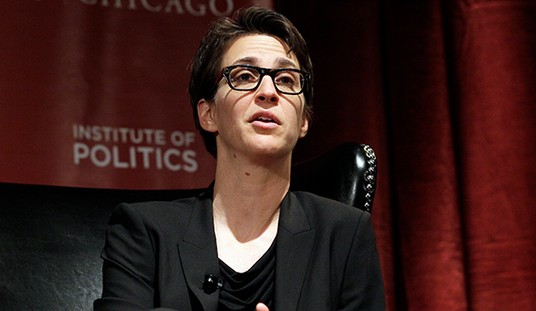Just last week I wrote about the strong possibility that the U.S. will set a new record for the increase in the murder rate this year. That seemed like pretty big news to me but I only saw it appear in a Twitter thread and in one story quoting the author of that thread.
So when the NY Times published a piece Saturday about the rise in violent crime in Cleveland, I read it thinking perhaps the Times was going to get the word out about the trend and maybe even kick off a discussion about what was behind it. Here’s a sample:
These days people who have long lived and worked in these neighborhoods talk of a steady unraveling.
Gunfire echoes almost nightly, they say. The Cleveland police reported six homicides in one 24-hour period in November. Everyone talks about the driving — over the past few months in the neighborhood of Slavic Village, just two miles west of Mr. Brazil’s home, cars have crashed into a corner grocery store, a home and a beloved local diner. In Cuyahoga County, 19 people recently died of drug overdoses in one week. All as the virus continues its lethal spread.
“Sometimes,” said the Rev. Richard Gibson, whose 101-year-old church stands in Slavic Village, “it feels like we’re losing our grip on civilization.”…
“The community felt frayed and forgotten anyway,” Earl Pike, the executive director of University Settlement, said. “It’s beginning to feel a little ‘Mad Max’-y.”
But after reading it I was disappointed. The Times story, while heavy on the chaos unfolding in Cleveland was light on discussions of at least one of the possible causes. The phrase “Black Lives Matter” never appears in the story. I thought about writing about this glaring omission Saturday but ended up writing about something else. Fortunately opinion writer Bob McManus at the NY Post had almost exactly the same reaction and pretty much captured what I was thinking:
The New York Times this past weekend decorated a chunk of its Web site with an emotive snapshot of social disruption on Cleveland’s east side. But the yarn had a big fat hole in it…
While Cleveland may indeed have been battered by the “combined impact of the pandemic and the recession,” it’s also true that the city has been swamped by the same wave of violent crime that has broken over urban America generally since the spring: after George Floyd died in police custody in Minneapolis; after riots rocked the nation; and after a pernicious anti-policing movement began to gain traction in big cities nationwide.
The Times failed even to hint at this, a very big fail, indeed, in a news story dedicated to detailing social disorder in a major US city.
Because as I’ve already mentioned, this isn’t just happening in Cleveland. There’s a similar trend of rising violence in about 2/3 of America’s largest cities. But that violence wasn’t spready uniformly throughout 2020. And it didn’t peak after the start of the state lockdowns for the coronavirus. In fact it peaked at the end of May after George Floyd’s death and has been elevated to levels not seen in a decade ever since then. As McManus points out, it seems pretty relevant that nearly all of the people getting shot in this mayhem are minorities.
Significantly, given the racialized rhetoric enveloping the entire debate, The Wall Street Journal last weekend reported that as of Oct. 1, a scant 4 percent of the city’s gunshot casualties were white, even as non-Hispanic whites comprise roughly 42 percent of Gotham’s population.
The NY Times never runs a piece about the coronavirus without mentioning the disproportionate impact it is having on minorities. But this story doesn’t mention anything like that. Instead there’s just an assumption that the violence is directly tied to economic need. This is from the Times’ story:
The police reports from his ward corroborate this: more violence, more harrowing details about the way people are now surviving. A man living with his son in an abandoned house was beaten and shot by thieves; an Amazon delivery truck was carjacked and abandoned. House burglaries are down across the city while the number of shootings has exploded. As in Cincinnati, Wichita, Kan., and several other U.S. cities, 2020 was the worst year for murders in Cleveland in decades.
Look, maybe there’s something too that. I certainly wouldn’t rule it out as a factor in some crimes, especially robbery or burglary. But I don’t think economic survival explains the spate of shootings involving teenagers and even some in which toddlers have been killed in places like Chicago this summer. Simply put, no one is looking to get through the pandemic by shooting toddlers or 14-year-olds. There’s clearly more to this crime wave than just getting by in tough times. But the Times clearly isn’t interested in exploring it.
My own guess is that after George Floyd and “defund the police” a lot of cops have pulled back on confrontation and that has created a sense that there are fewer (or no) consequences. In some places like Seattle, Atlanta and Minneapolis, increased violence has been directly tied to police no-go zones created by BLM protesters. Again, I don’t think that explains everything but it’s clearly a significant part of the pattern that shouldn’t be ignored by the so-called paper of record.








Join the conversation as a VIP Member